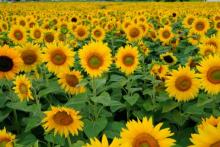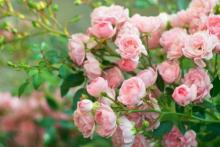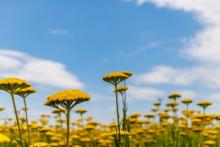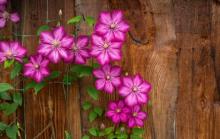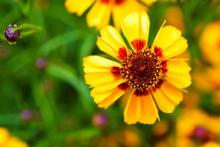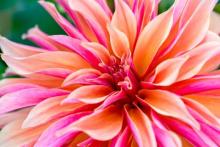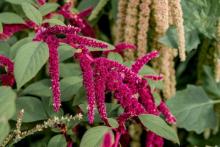Your Guide To Summer Flowers: Sunflower
Sunflowers are a member of the Family Asteraceae or Aster family of the genus Helianthus L. or sunflower P containing the species Helianthus annuus L. or common sunflower P. The plant is native to North America whose original inhabitants cultivated the plant to its current physical configuration.

